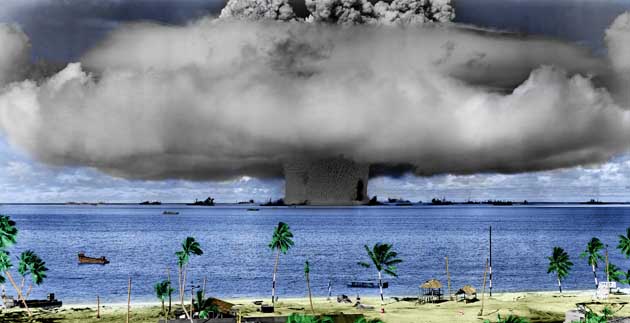Signed: 1992
Passed: 1992
Senate Vote: 55-40

In October 1991, Soviet Secretary General Mikhail Gorbachev announced a moratorium on Soviet nuclear weapons testing. This declaration forced the U.S. to examine its need to continue atomic weapons tests. If the Cold War and nuclear arms race were over, was there a continued benefit of further testing? While the Cold War and the intense race between the United States and the Soviet Union ended, there appeared to be a need to maintain the safety, reliability, and effectiveness of existing nuclear arsenals. Proponents argued that periodic testing was necessary to ensure the existing nuclear weapons remained viable. However, there was also a strong counterargument against nuclear testing.
Although the global consensus moved toward disarmament, non-proliferation, and preventing nuclear testing to curb the development of new nuclear weapons, the view on the need for further testing varied among countries and policymakers. After conducting over 1,030 nuclear weapons tests, more than all other nations combined, the U.S. had already amassed a wealth of information on building and optimizing nuclear explosive devices.
In 1992, President George H. W. Bush accepted a U.S. moratorium on nuclear weapons testing. His successor, President Bill Clinton, extended this moratorium. In 1996, the U.S. became one of the early signatories to the Comprehensive Nuclear Test Ban Treaty (CTBT). However, the U.S. Senate still needs to ratify the CTBT, thus preventing other nations from restarting a second nuclear arms race. The CTBT has now been approved by Russia and all NATO members except for the U.S.
